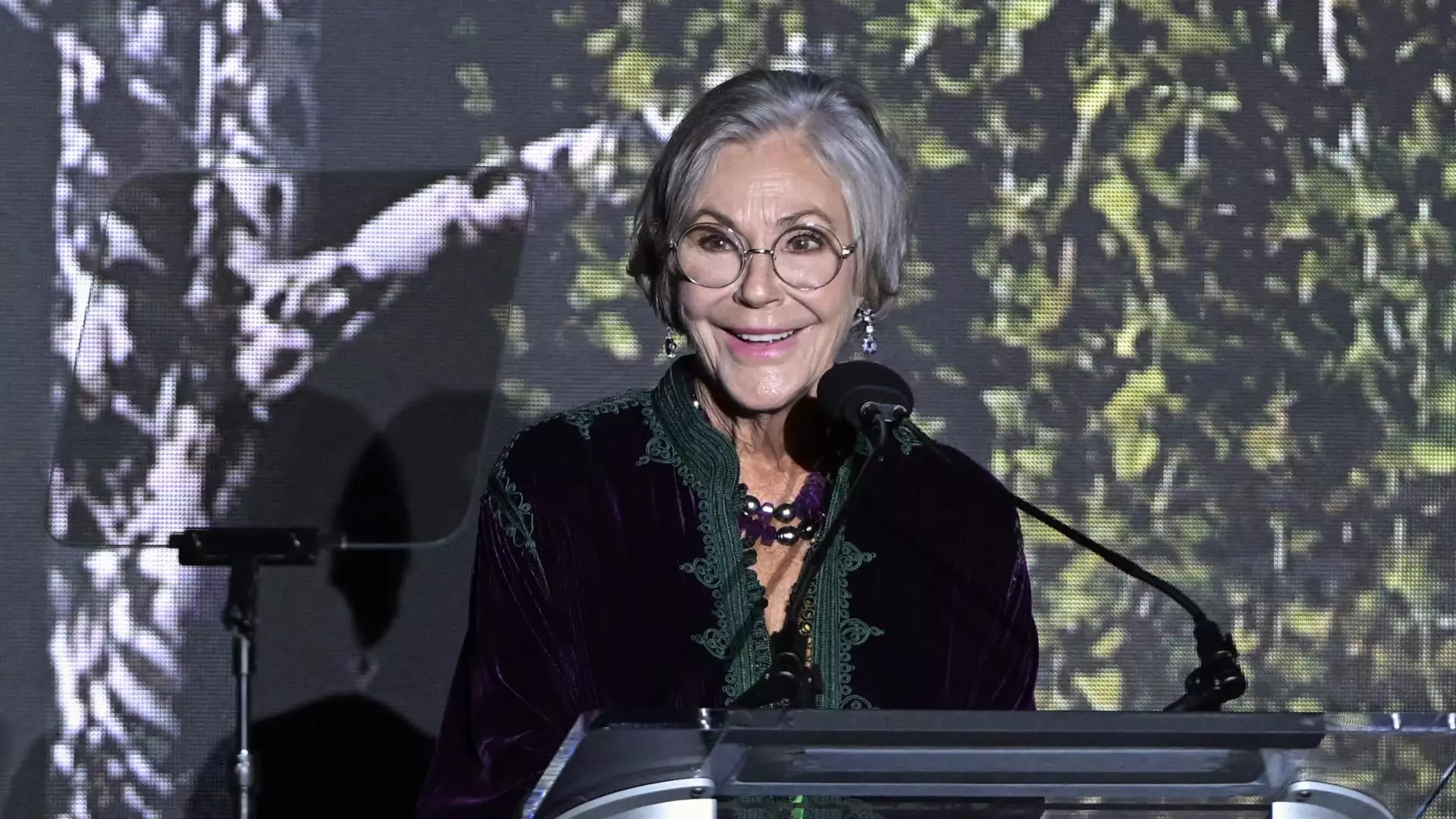In recent years, the landscape of wealth distribution has undergone significant changes, most notably in the realm of gender representation among billionaires. A report by Altrata indicates a notable uptick in the number of female billionaires, now constituting about 13% of the total 3,323 billionaires worldwide, translating to roughly 431 women. While these numbers may seem modest at first glance, they highlight a crucial shift in wealth dynamics and reflect the gradual but encouraging widening of the billionaire class to include more women than ever before.
Over the past decade, women’s increasing presence in entrepreneurship, evolving societal attitudes towards gender roles, and the substantial transfers of wealth across generations have played pivotal roles in this evolution. These shifts signal a transformative moment where women’s economic influence is not only growing but is also beginning to reshape philanthropy and business practices within this elite billionaire stratum.
One of the most significant contributors to the rise of female billionaires remains inheritance, which has been a driving force behind their wealth accumulation. The Altrata report notes that around 75% of women in this elite group have inherited some or all of their fortunes. This starkly contrasts with male billionaires, where only 5% can claim to have inherited their wealth in its entirety. High-profile cases like Alice Walton, Julia Koch, and Françoise Bettencourt Meyers exemplify this trend, where inherited wealth plays a crucial role in their financial standing. This pattern suggests a persistent disparity in wealth-building pathways between genders, with women often reliant on generational wealth as opposed to the entrepreneurial routes that many male billionaires undertake.
Looking to the future, the trend of wealth inheritance among women is expected to escalate significantly. Reports predict that women stand to inherit as much as $30 trillion in the next decade, marking what is dubbed the Great Wealth Transfer. This transition will likely further amplify their share of wealth and could spur greater involvement in philanthropy and social initiatives.
One stark divergence between male and female billionaires lies in their spending habits and philanthropic engagements. Female billionaires tend to direct a more substantial portion of their resources towards nonprofit and social organizations. The report highlights that nearly 20% of female billionaires dedicate most of their professional efforts to philanthropic causes, suggesting a commitment to welfare and societal advancement that is markedly different from their male counterparts. In comparison, only 5% of male billionaires exhibit similar levels of engagement in the nonprofit sector.
This pronounced focus on philanthropy can be attributed, in part, to the nature of inherited wealth. Women, who often inherit wealth rather than generate it through entrepreneurship, tend to prioritize social issues such as justice and community welfare over commercial ventures. The link between inherited wealth and philanthropic activities further reinforces this notion.
Analyzing the financial portfolios of female and male billionaires reveals additional distinctions. Female billionaires tend to possess a greater share of their wealth in private holdings and liquid assets, often inherited alongside private businesses. According to the Altrata report, this contrasts with male billionaires, who typically have a greater concentration in stocks, primarily driven by tech entrepreneurs who have launched public companies. For example, approximately 35% of female billionaires’ wealth is tied up in private holdings, compared to 28% for men.
Moreover, women in this stratum are also more inclined to invest in luxury real estate and art, with a notable correlation between their affluence and ownership of property valued at over $10 million. On the other hand, male billionaires appear more drawn to tangible assets like private jets, yachts, and high-end automobiles—reflecting differing priorities in wealth use and lifestyle choices.
The activities that billionaires choose to engage in during their leisure time also illuminate contrasting values between genders. For female billionaires, philanthropy emerges as the most common hobby, cited by 71% of respondents, while for men, sports dominate this category at an equal percentage. This disparity underscores the different perspectives held on wealth utilization and social responsibility. Other popular pursuits for female billionaires include art, education, and travel, whereas male billionaires often gravitate towards hobbies such as aviation, outdoor activities, and political engagement.
The journey of female billionaires is marked by a transformative arc that reflects not just changes in wealth distribution but also shifts in philanthropic engagement, investment strategies, and lifestyle choices. As women’s representation in the billionaire demographic grows, so too does the potential for a more diverse and socially responsible approach to wealth. The coming decade may well be a defining time for female billionaires, shaping not only their own futures but the future of philanthropy and economic influence as a whole.

